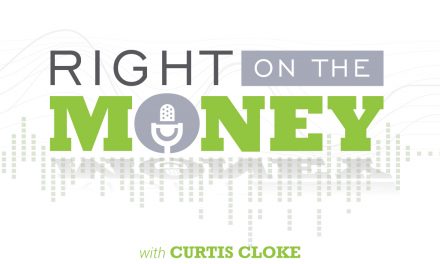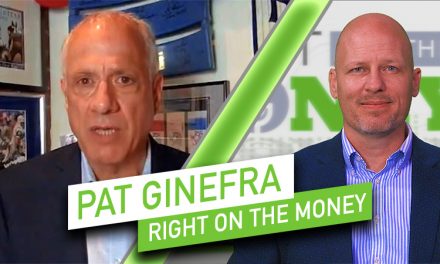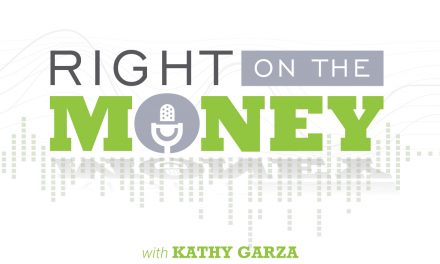The Mining of Gold vs. the Printing of Paper
“Gold is money and nothing else,” is often quoted by the mogul J.P. Morgan. Gold has been the measurement of wealth since its discovery in ancient times, even referenced in the book of Genesis when assessing the wealth of Abraham. Gold has been minted for thousands of years. It has been the financial cornerstone of civilization and the monetary mooring of economic stability. But in recent history, governments have unfettered themselves from the gold standard, but investors and savers alike look to gold as a sanctuary of financial stability for their portfolios. Michael S. Young contributed to this article.
In the past, governments have purchased, confiscated or made it illegal to own gold in small quantities. Indeed as practical matter to keep the commoner from gold, they forged large-weight bullion most people could never afford. Bullion of that bulk is not as divisible as easily as one-ounce or half-ounce coins. From 1934 to 1975 with the Gold Reserve Act, restricted gold ownership outside of jewelry was illegal and still is in other parts of the world. The U.S. government increased the value of gold substantially in an effort to attract foreign reserves to the U.S., weakening the dollar and risking inflation. Watch the interview with international investment consultant Michael S. Young as he discusses the history of gold as currency and the standard of monetary exchange for thousands of years.
Prior to the massive printing of paper money worldwide, gold was the absolute measurement of money until World War I. Gold was utilized as a means of “settling” up, one country or business to another foreign counterpart of commerce. It was, in essence, the primary ground zero for foreign exchange. Government or banks would hoard massive amounts of gold be used for foreign trade redemptions. Often times, the gold never actually moved, rather credits were issued back and forth, a collateralization of their gold holdings.
Today, increasing the price of gold will create inflation almost immediately, so on the surface, gold appears to be more of a deflation of currency and a catalyst of increase to other commodities. But if gold values did rise sharply, people will want to cash in their “holdings” and issue redemption calls to the custodial banks. Banks could revert to a Force Majeure clause and not redeem for gold, but offer cash. But in a hyperinflationary mode, that cash will be worth less, if not worthless. That’s why owning gold is a significant consideration for your portfolio, even though it’s not considered an investment or a commodity. Outside of jewelry and vessels of art, gold has no industrial use. It is simply the numeraire for all currencies and an asset to own, perhaps as a hedge against inflation and a bit of solace in unstable times.
Syndicated financial columnist Steve Savant interviews international investment consultant Michael S. Young on the virtues of owning gold in your portfolio. Right on the Money is a weekly financial talk show for consumers, distributed as video press releases to 280 media outlets nationwide.





